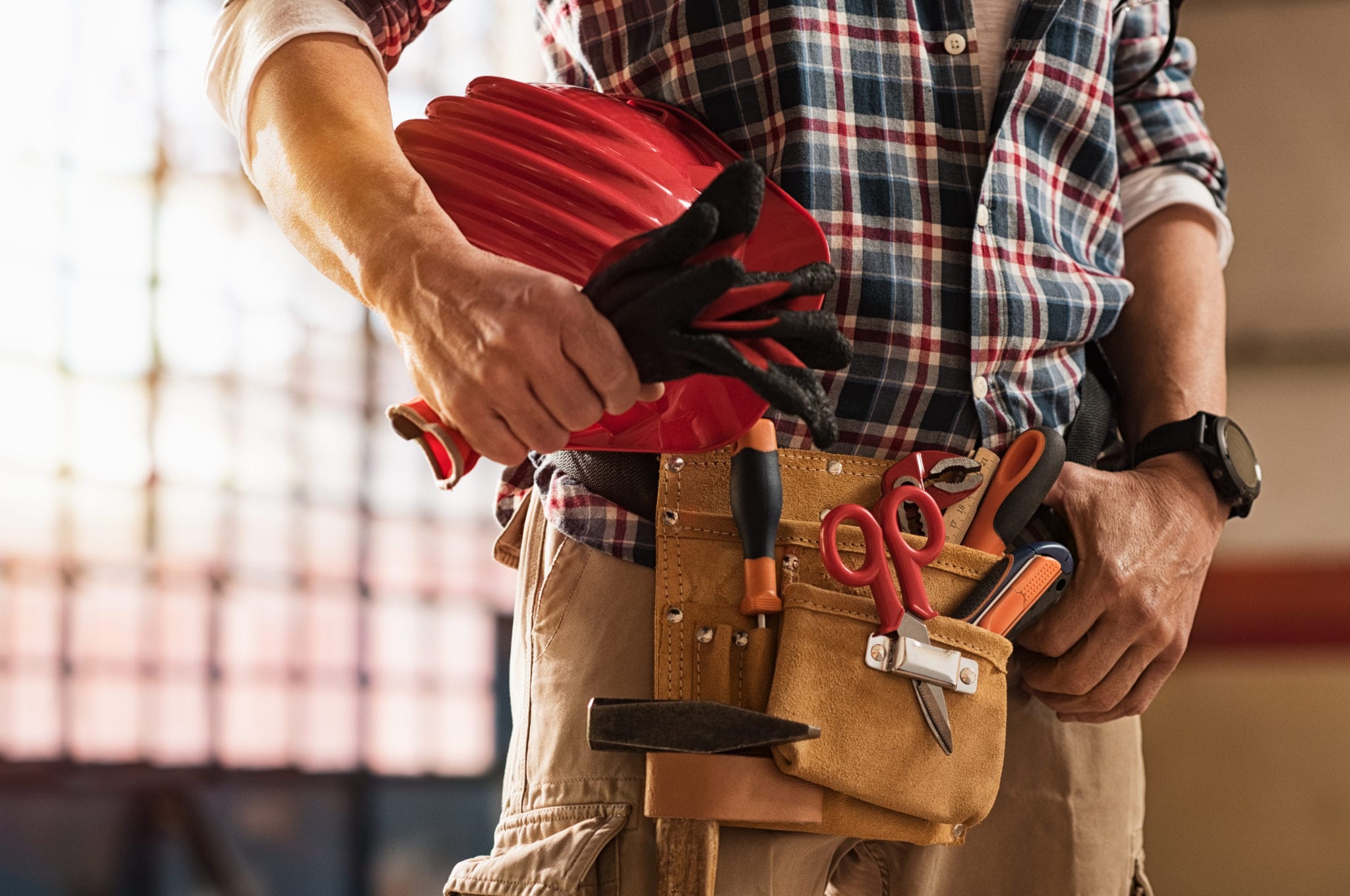 Equipment goes through significant wear and tear, which is why it’s crucial to follow a tool maintenance checklist.
Equipment goes through significant wear and tear, which is why it’s crucial to follow a tool maintenance checklist.
Properly caring for hand and power tools increases their service life and performance on the job site, improving safety and reducing costs tied to broken equipment. Below are some tips on how to take care of your tools.
Make cleaning a habit
Following this simple practice helps improve tool performance. If your tools are covered in dirt or another messy substance after being used, make a habit of lightly wiping them off with a rag and some type of cleaning solution right away.
When cleaning your tools, avoid using harsh chemicals. Follow the manufacturer’s guidelines before choosing a cleaning solution. Before putting tools away, make sure they’re free of dust, grease and any other debris.
Before cleaning power tools, first make sure they’re unplugged. Wipe down surfaces and finish off with an air compressor.
Toolboxes, belts and bags also need attention. Always wipe them down.
Lubricate regularly
Lubricating your tools is another way of increasing performance and reducing wear and tear. This is especially true with pneumatic tools, which should be lubricated once a day. The idea is to keep moisture from building up in interiors and causing corrosion.
It’s hard to replace corroded parts. By applying the right all-purpose oil (such as WD-40®) to your specific tools, you displace moisture.
Keep moving parts lubricated for premium performance. Not only does tool lubrication keep mechanics running smoothly, it also decreases the chance of rust developing. Regardless of the tool you’re working with, consult your owner’s manual to see if the manufacturer recommends a specific type of oil.
Inspect tools upon use
In addition to being proactive with cleaning and lubricating, it’s important to inspect your tools during and after use to check for signs of damage. If there is any damage, address it immediately.
Scrub hard surfaces with stiff wire brush material, then wash them down with warm, soapy water and a wet rag, finishing off with a dry rag. It’s best to wear heavy gloves and safety glasses during this process.
Check your tools’ handles for splinters, breaks or cracks. Also, make sure metal parts show no signs of corrosion or rust.
Bladed tools should be sharpened once per season. And when it comes to power cords, make sure they’re not frayed and possible of causing electric shock or a fire. Always unplug electric tools when cleaning them.
Carefully store your tools
Tools may be designed for rough use, but it’s still important to store them properly. They should be covered up, well protected from dirt, moisture and drastic temperature changes.
Certain enclosed spaces can have humidity issues. It might be helpful to place a dehumidifier in these types of areas. Silica gel packs are also handy when it comes to keeping moisture away. Rust inhibitors and anti-rust liners are another level of defense.
Here are some helpful ways to not only safely store your tools, but organize and manage them:
If limited space is a factor, pegboards are an efficient way to organize tools and make them more visible. Of course, if your most-used tools need to be mobile, a quality tool box is great to have. It’s best to store power tools in their original cases.
A summary of your tool maintenance checklist
- Make cleaning a habit
- Lubricate regularly
- Inspect tools upon use
- Carefully store your tools
Following these tips will extend the service life and performance of your tools on the job site, improve safety and reduce costs tied to broken equipment.
Related posts
6 ways to reduce construction costs, increase profits on the job site
The next generation: Find skilled construction workers amid labor shortage